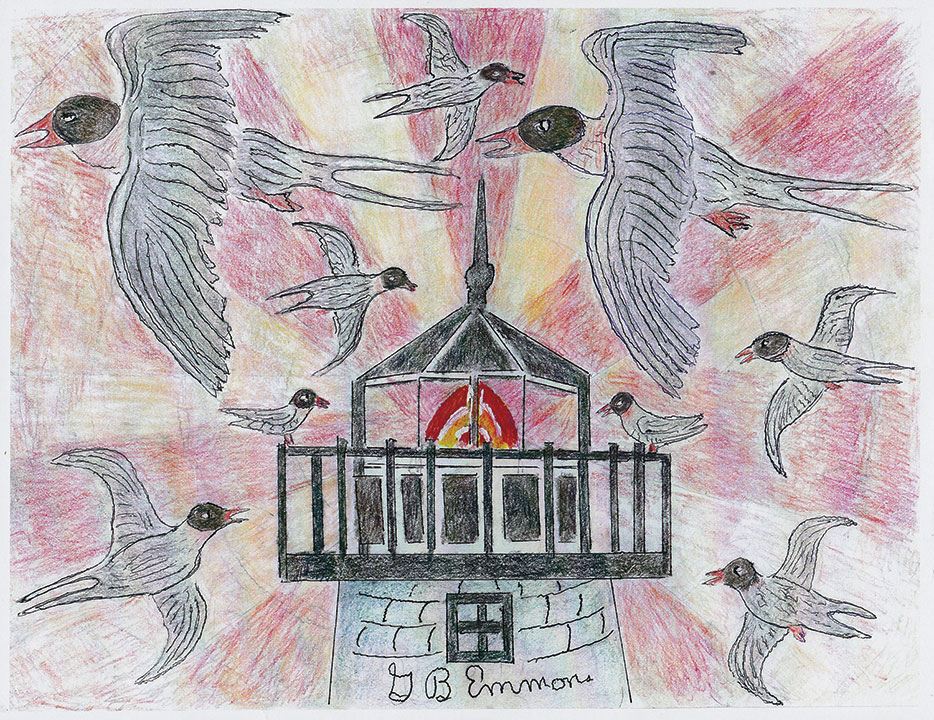The first tropical storm of the hurricane season has already threatened our coastline with a weather forecast of many more still to come. This dire coastal future may well be attributed to warmer waters from global warming that has already fanned the flames of western wildfires and sent smoke across the entire country.
Now higher winds and subsequent damaging wave action may well endanger nesting terns on Bird Island, except for the higher protective seawall constructed in the year 2018 by the Army Corp of Engineers and the Town of Marion.
Subsequently, the nesting capacity of the small shallow island was nourished with both sand and gravel fill to raise the surface elevation, as well as plantings of seaside goldenrod and higher American Beach Grass. Then, as a finishing touch, the Town of Marion raised additional funds to construct and distribute wooden nesting boxes that serve to protect each nest and sides to help nesting parents block the entry of skunks and rats from stealing eggs and chicks. The Island lighthouse has grown to become a welcome landmark and nesting haven for flocks of migrating terns, as in my illustration.
The two most frequent nesting species are 3,500 pairs of the common tern, and the old-world roseate tern, making Bird Island a critical conservation location because both terns are dwindling in numbers and recently classified as endangered species.
The site is also visited by other less numerous but equally as colorful terns such as the Arctic tern, which sweeps by briefly on its intercontinental figure-eight, astounding annual migration around both the north and south poles. Another is the black skimmer of shallow flights and dipping bills that make trails across the water and laughing gulls, whose happy musical kip-kip-kip is followed by a vocal hee-haw.
Bird Island has also become a popular destination for programmed tourist attraction for nautical tours in season. It is managed as a restricted visit using caution and environmental appreciation for this remedial outpost of conservation. Let’s hope the time may not be coming when our coastal environment is about to undergo unforeseen wildlife consequences, should the climate continue to change as it has in the recent past.
By George B. Emmons
